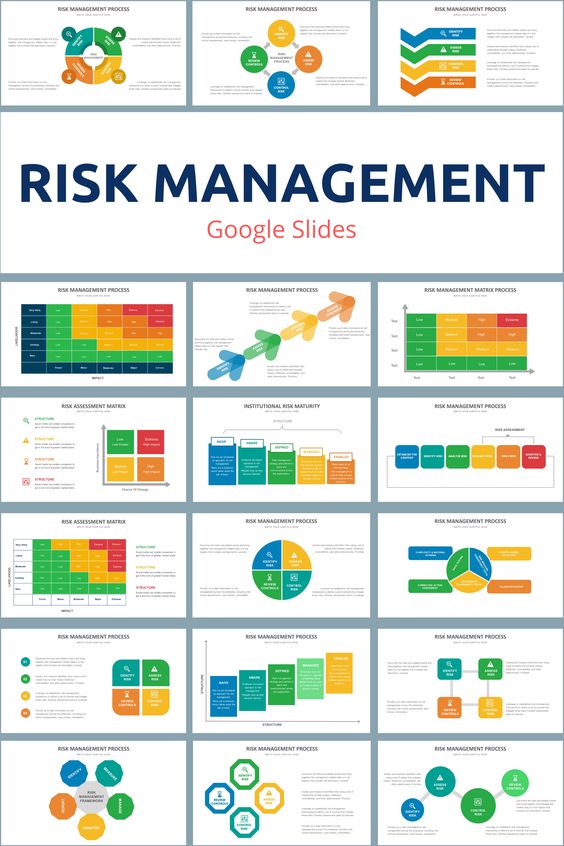Identifying Potential Risks
The first step in choosing project risk management techniques is to identify potential risks. This involves looking at the project from various perspectives, such as the technical, financial, and organizational aspects. It is important to consider all potential risks, no matter how small they may seem.
Analyzing Risks
Once potential risks have been identified, the next step is to analyze them. This involves determining the probability of each risk occurring, as well as the potential impact it could have on the project. This helps to prioritize the risks, so that the most serious ones can be addressed first.
Developing Risk Mitigation Strategies
Once the risks have been identified and analyzed, the next step is to develop strategies to mitigate them. This involves creating a plan of action to reduce the likelihood of the risk occurring, or to minimize the impact it could have if it does occur.
Establishing Risk Monitoring and Reporting
In order to ensure that risks are properly managed, it is important to establish a system for monitoring and reporting them. This involves setting up processes for regularly checking on the status of the identified risks, and for reporting any changes or developments related to them.
Implementing Risk Mitigation Strategies
Once the risk mitigation strategies have been developed, they must be implemented. This involves taking the necessary steps to reduce the likelihood of the risk occurring, or to minimize the impact it could have if it does occur.
Evaluating Risk Mitigation Strategies
After the risk mitigation strategies have been implemented, it is important to evaluate their effectiveness. This involves assessing whether the strategies were effective in reducing the likelihood of the risk occurring, or in minimizing its impact if it does occur.
Updating Risk Mitigation Strategies
If the risk mitigation strategies are not effective, it is important to update them. This involves revising the strategies to make them more effective, or developing new ones if necessary.
You might find these FREE courses useful
- Implementing a Risk Management Framework
- Program Risk Management in ClickUp
- Introduction to Risk Management
- A General Approach to Risk Management
- Risk Management Specialization
Reviewing Risk Management Processes
Finally, it is important to periodically review the risk management processes. This involves assessing the effectiveness of the processes, and making any necessary changes or adjustments.





